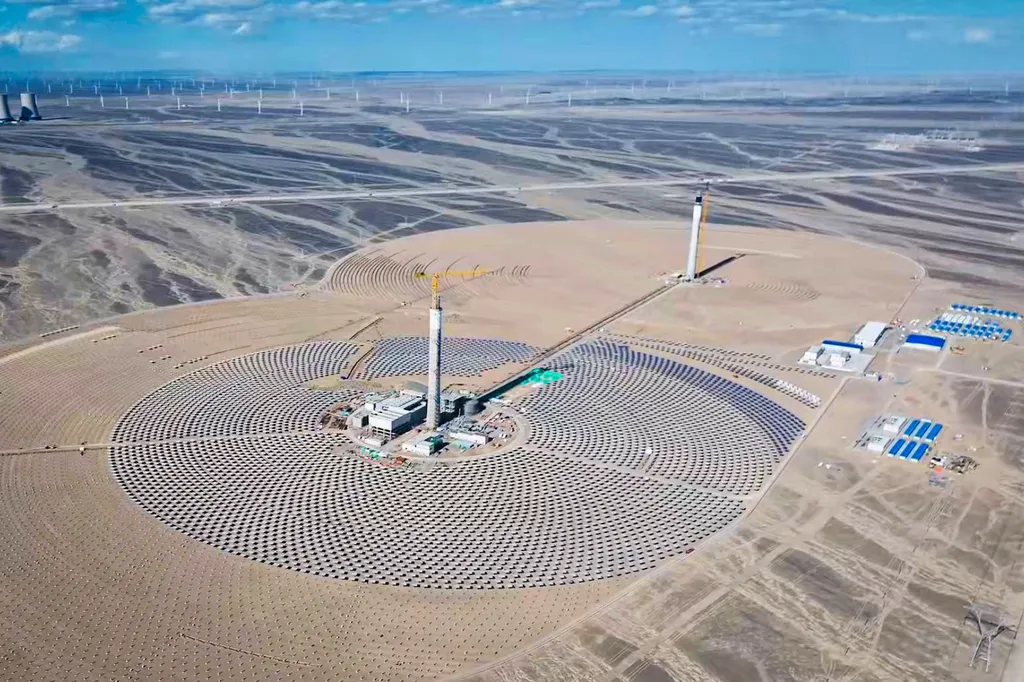In the quest for more efficient solar power generation, researchers have turned to the skies—and the sun’s shape—to improve the accuracy of solar energy simulations. A team led by SHEN Tong from the State Key Laboratory of CAD&CG at Zhejiang University has developed a new model that could significantly enhance the performance of solar power towers. Their work, published in the journal *Computer Science* (Jisuanji kexue), introduces a novel approach to modeling the sunshape, which could lead to better energy distribution and improved efficiency in solar power plants.
The sunshape model describes how solar radiation is distributed on the ground, a critical factor for accurately simulating the flux density on solar receivers in power towers. The team’s model addresses several limitations of existing models, including low accuracy, misalignment of the CircumSolar Ratio (CSR), discontinuity, and the inability to integrate analytically. “Our goal was to create a model that not only fits the data more accurately but also aligns the CSR and ensures continuity,” said SHEN Tong, the lead author of the study.
The researchers used a dataset of solar radiative energy scans, processed through data cleaning, denoising, normalization, averaging, and concatenation. They obtained 84 sets of data with varying CSR values, each corresponding to a solar energy scanning profile that changes with the incident angle θ. The team then employed a constrained B-spline function fitting method, using a differential evolution algorithm to determine the optimal knot vector and number of control coefficients. This approach allowed them to create a model that is C² continuous, meaning it is smooth and differentiable, which is crucial for accurate simulations.
One of the key advantages of the new model is its ability to align the CSR, ensuring that the distribution of solar energy is accurately represented. “This alignment is essential for improving the efficiency of solar power towers, as it allows for more precise calculations of radiative energy distribution,” explained SHEN. The model’s high fitting accuracy and analytical integration capabilities make it a valuable tool for the energy sector, potentially leading to more efficient solar power generation and reduced costs.
The implications of this research extend beyond immediate improvements in solar power towers. As the energy sector continues to evolve, accurate modeling of solar radiation will be crucial for integrating renewable energy sources into the grid. The B-spline function model developed by SHEN and his team could pave the way for more advanced simulations and optimizations, ultimately contributing to a more sustainable energy future.
The study’s findings were published in *Computer Science* (Jisuanji kexue), a testament to the interdisciplinary nature of the research, bridging the gap between computer science and renewable energy. As the world looks to transition to cleaner energy sources, innovations like this one will play a pivotal role in shaping the future of solar power.

